
The number of decisions that must be made during kitchen and bath remodeling can be overwhelming. Many of the decisions involve subjects that are completely unfamiliar and new and would be significantly easier to make with advice from professionals, assuming the advice is not biased. Well, the good news is Carefree Kitchens sells both framed and frameless cabinets and is concerned that you get cabinets that meet your requirements, not our sales objectives.
The choice of whether to purchase cabinets with frames or without frames is a major decision. There is no shortage of articles online that describe the difference between the two types of cabinets. Most of these short articles confirm that frameless cabinets lack front frames, are sleek looking and offer greater access to storage. Cabinets with frames are usually lauded for strength and traditional looks. While this information is generally correct, it isn’t sufficient to base a decision on.
This article will be brief and will provide information that will help you make the right decision. If you have reached the point where you cannot absorb any more information, and simply want an expert to tell you what to do, relax! We will jump ahead and give you the bottom line first. Our advice is to buy cabinets with front frames. This should be your default, as it is never a mistake to purchase cabinets with frames. Conversely, there are circumstances where buying frameless cabinets would prove to be less satisfactory. If this is all the information you need, then great! Happy remodeling! If you are like most people and want to be confident in your decision, read on, there’s much to learn.
History of Framed Cabinets
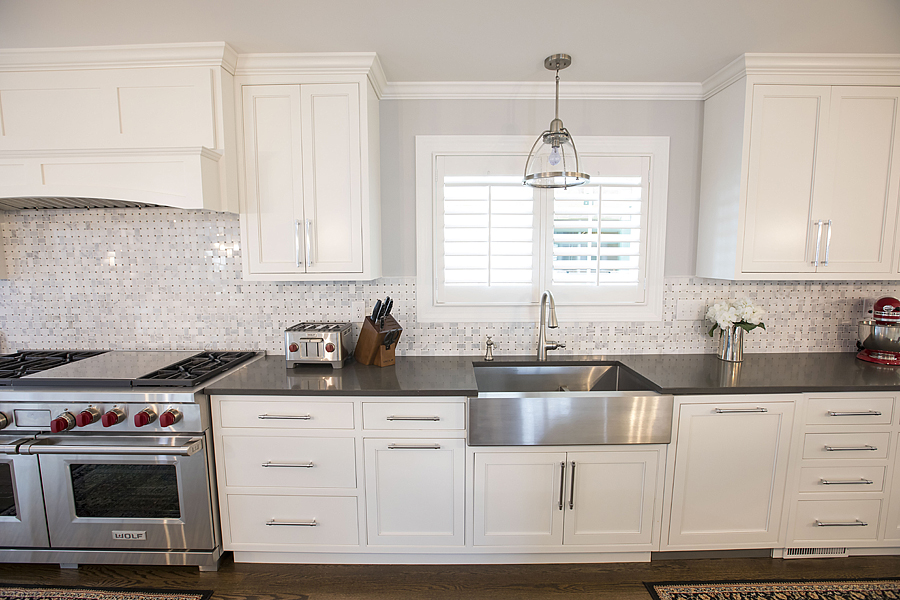
Framed cabinets have their roots in cupboards. Indeed, some people still refer to cabinets as cupboards. In medieval times as houses became more substantial with solid walls, the need for convenient storage of daily items was needed. Trunks had been in use, but top-down storage was not convenient. Shelving or more simply stated, boards, to hold cups and plates were first used at this time. Framing at the front of the cupboards was added to stabilize multiple shelves and increase weight capacity. At some point, the option of attaching doors and side panels to the framing for security and to hide the contents of the shelving was realized. Thus, the cabinet came into being. This was and remains the strongest way to construct kitchen cabinets.
History of Frameless Cabinets
Frameless cabinets came into being in post-World War Two Europe. Indeed, frameless cabinets are sometimes referred to as European cabinets. War ravaged Europe had shortages of natural resources and a shortage of skilled labor, as well as a great need for new housing and furnishings. Vastly streamlined methods of furniture and cabinet making were implemented to meet this need. To save time, labor, and materials, cabinets were made without the entire front frame. To compensate for the strength lost due to not having a front frame, the sides, top, bottom, and back of the frameless cabinet were constructed out of thicker panels, typically 5/8” to ¾” thick, and screwed and/or doweled together without the complex joinery found in framed cabinets. The frameless cabinet, when well assembled, is adequately strong.
Frameless cabinets were, and remain, perfect for the European market. Sales in the USA were minimal until the arrival of IKEA. IKEA has sold more frameless cabinets in the USA than all other companies combined. They have also sold more meatballs than all other cabinet companies combined. Part of the overall sales success of frameless cabinets is the simplicity of construction which leads to selling cabinets in ready to assemble packaging, which cuts costs. A large portion of frameless cabinets sold in the USA are unassembled. So, given the humble origins of frameless cabinets, is there any reason to consider purchasing them? The answer is yes.
The Case for Frameless Cabinets
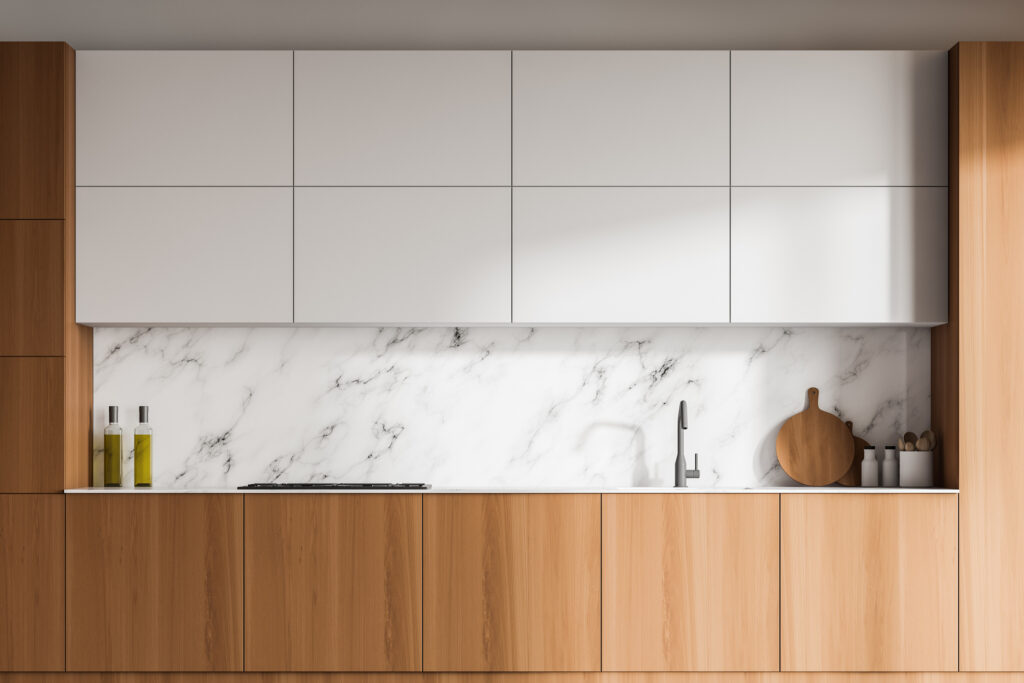
There are a couple of reasons that frameless cabinets could be the best choice for your kitchen. The first reason is the sleekness that is often mentioned when frameless cabinets are described. What is being described is the very tight clearances between adjacent cabinet doors and drawer fronts. The gaps are about half the size of the door gaps between framed cabinets of the same style door. This is not an important matter with most door styles, but with very simple and contemporary styles the difference is significant. The reason for this difference is because door hinges on frameless cabinets mount directly to the cabinet side, and pivot on different geometry which permits closer tolerances. This matter is subjective, but most clients who purchase simple, contemporary styles prefer the frameless look.
The second main advantage of frameless cabinets is accessibility to storage. The width of the door opening on a frameless cabinet is typically 1.5” wider than the framed cabinet equivalent. Behind the opening the space is about the same, but the opening is the difference. Also, drawers are 1.5” wider on frameless cabinets as well. In a large kitchen with many cabinets, these differences may not matter, but in a small kitchen it could be a game changer.
Lastly, frameless cabinets are now offered by many reputable American based cabinet companies, who use cabinet grade plywood and furniture board to construct industry certified cabinets. So cheaply built non-assembled cabinets are not the only option.
Considerations Before Opting for Frameless Cabinets
There are a few things that must be considered prior to purchasing frameless cabinets. The first thing to consider is your contractor (or installer’s) experience and comfort level with installing frameless cabinets. Framed cabinets, because of the frame slightly extending beyond the sides, are much easier to install than frameless cabinets, as they conform to irregular surfaces where frameless cabinets do not. Some builders balk at installing frameless cabinets. The installer’s role is not to be underestimated in the successful completion of any remodeling project. If you are considering frameless cabinets, this should be part of your preconstruction discussions with your contactor.
Additionally, the tight clearances so striking in the frameless look can require some maintenance. Vibrations and general use can cause the door hinges to come out of adjustment. The doors will still function but will need to be adjusted by either an apt DIY handyperson, or a cabinet professional, in order to restore proper appearance.
Final Thoughts
Both framed and frameless cabinets can be great choices. The kitchen and Bath industry in America is still oriented towards framed cabinets, despite frameless inroads. So, in the absence of compelling reasons otherwise, framed cabinets should prove to be the wisest choice.
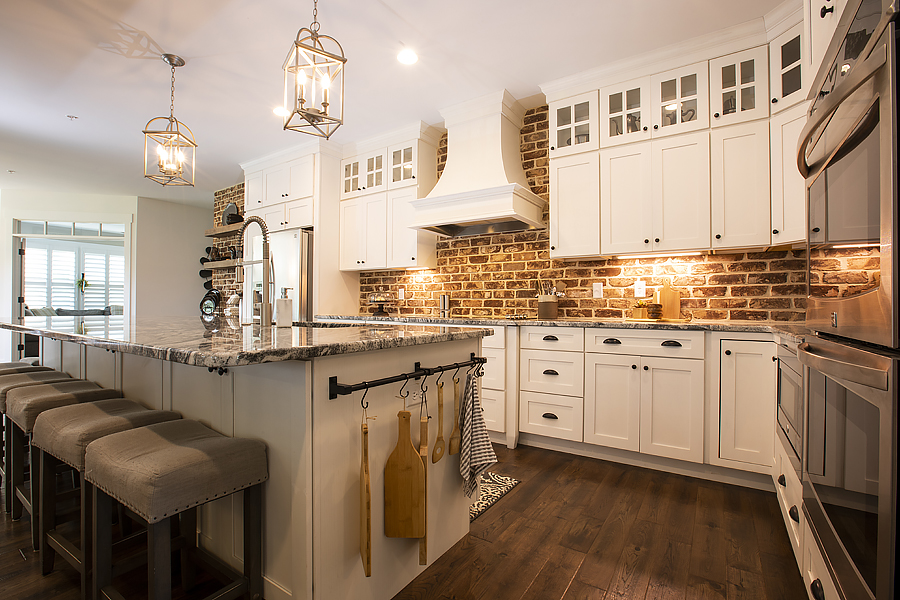
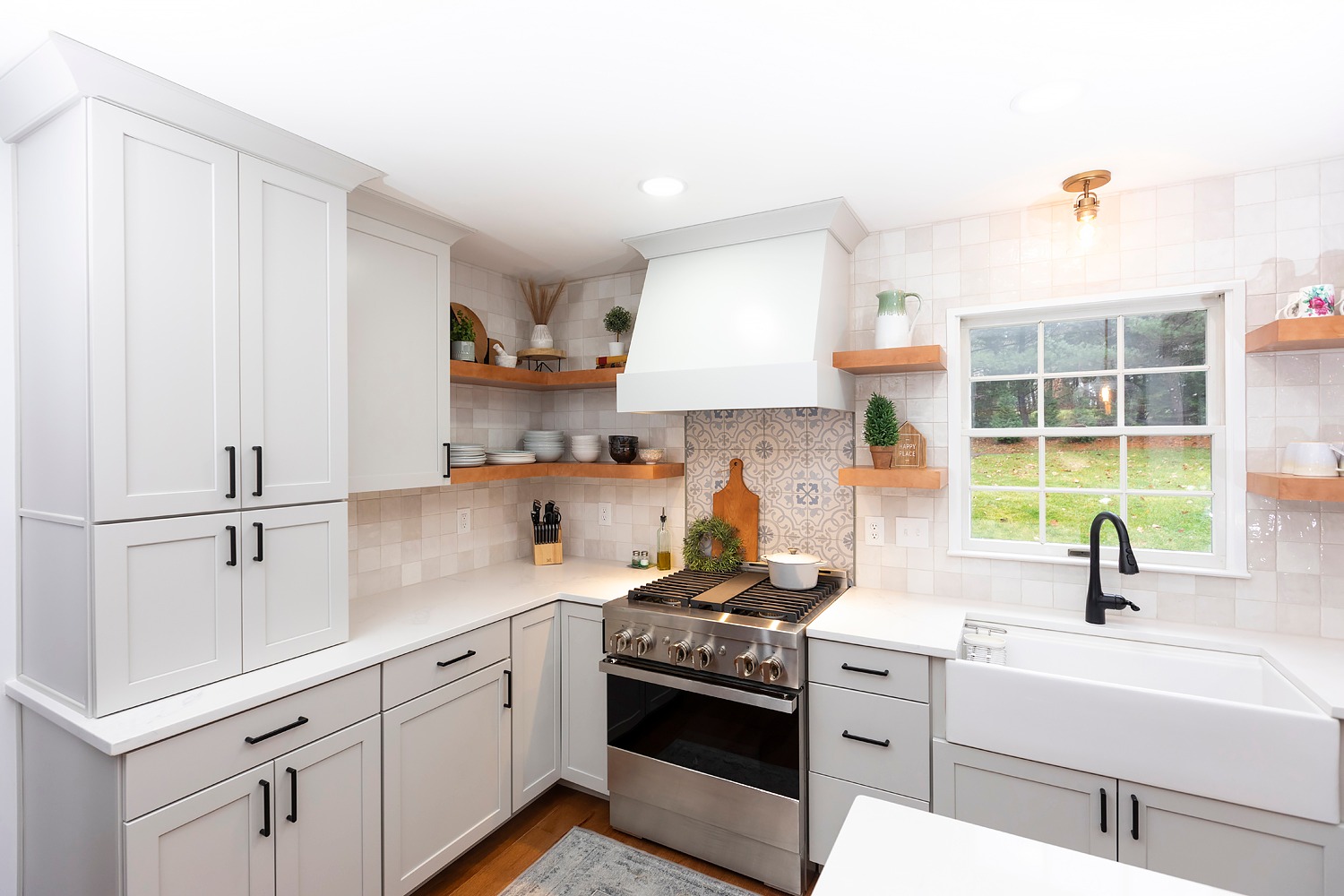
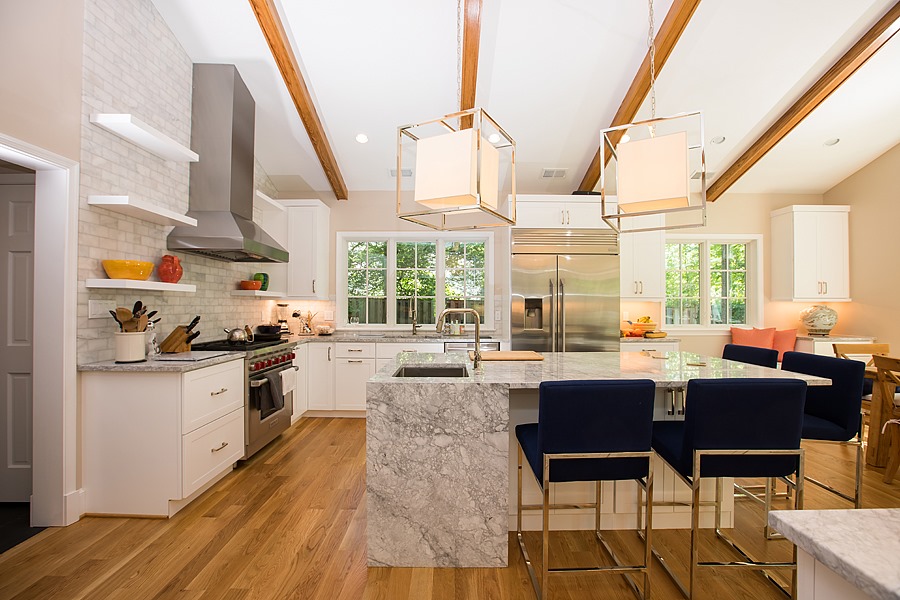

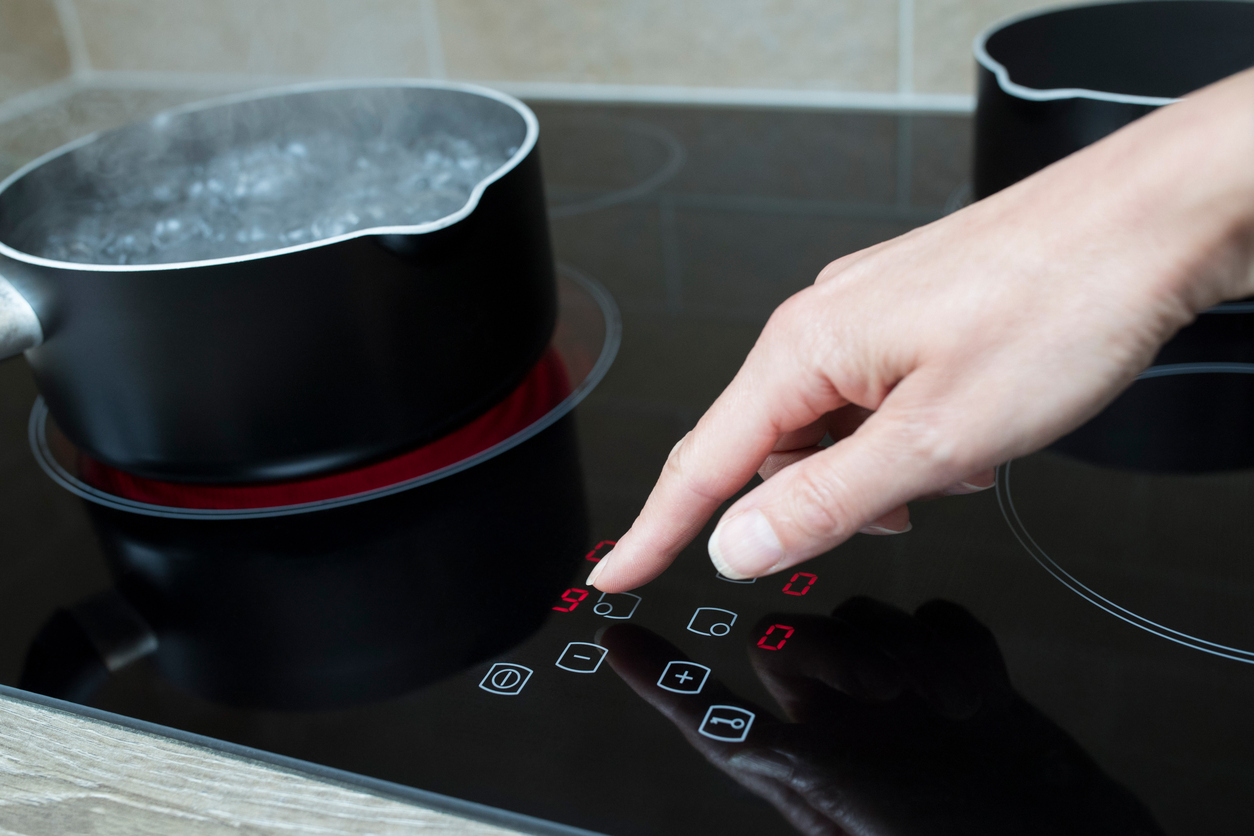
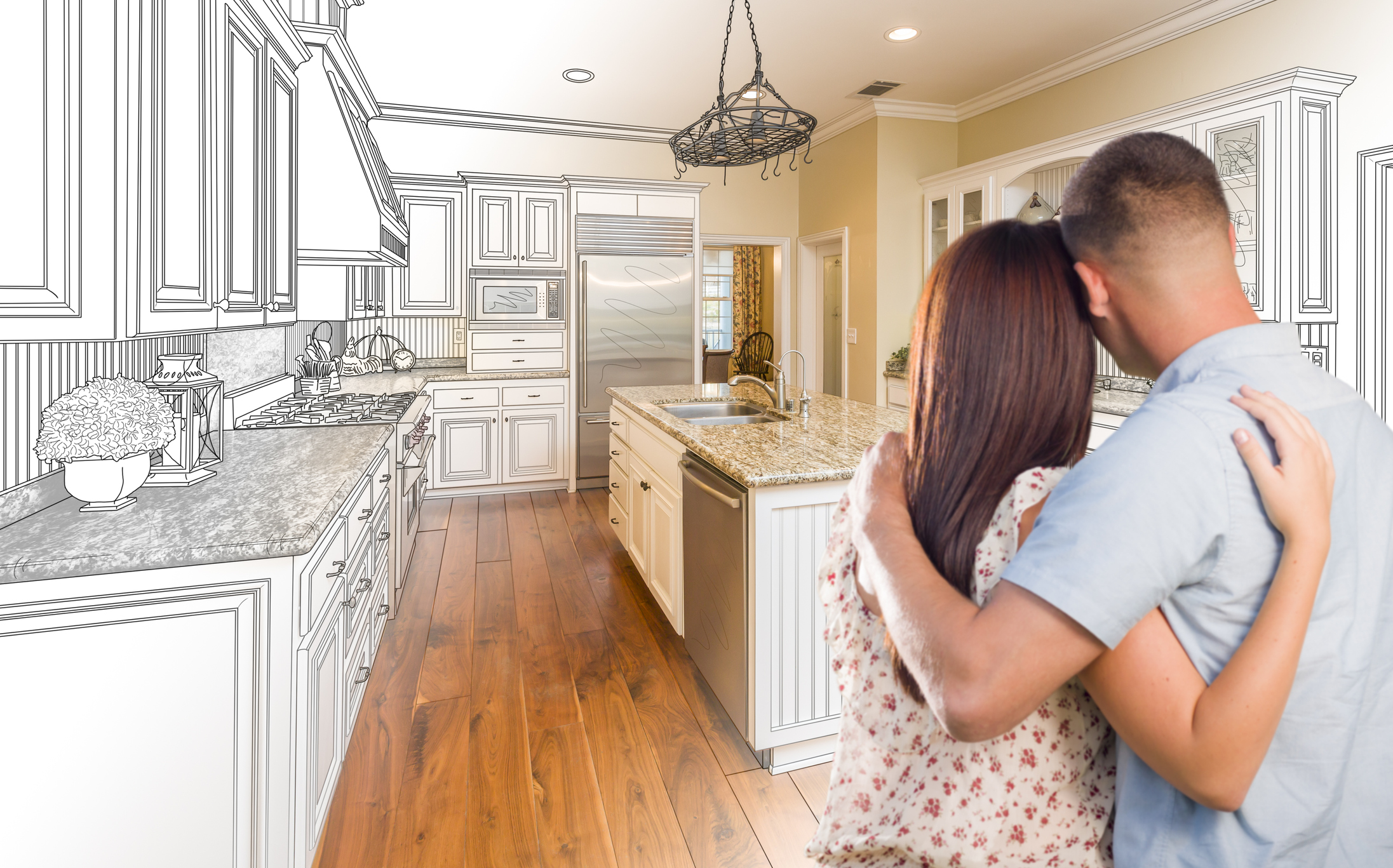

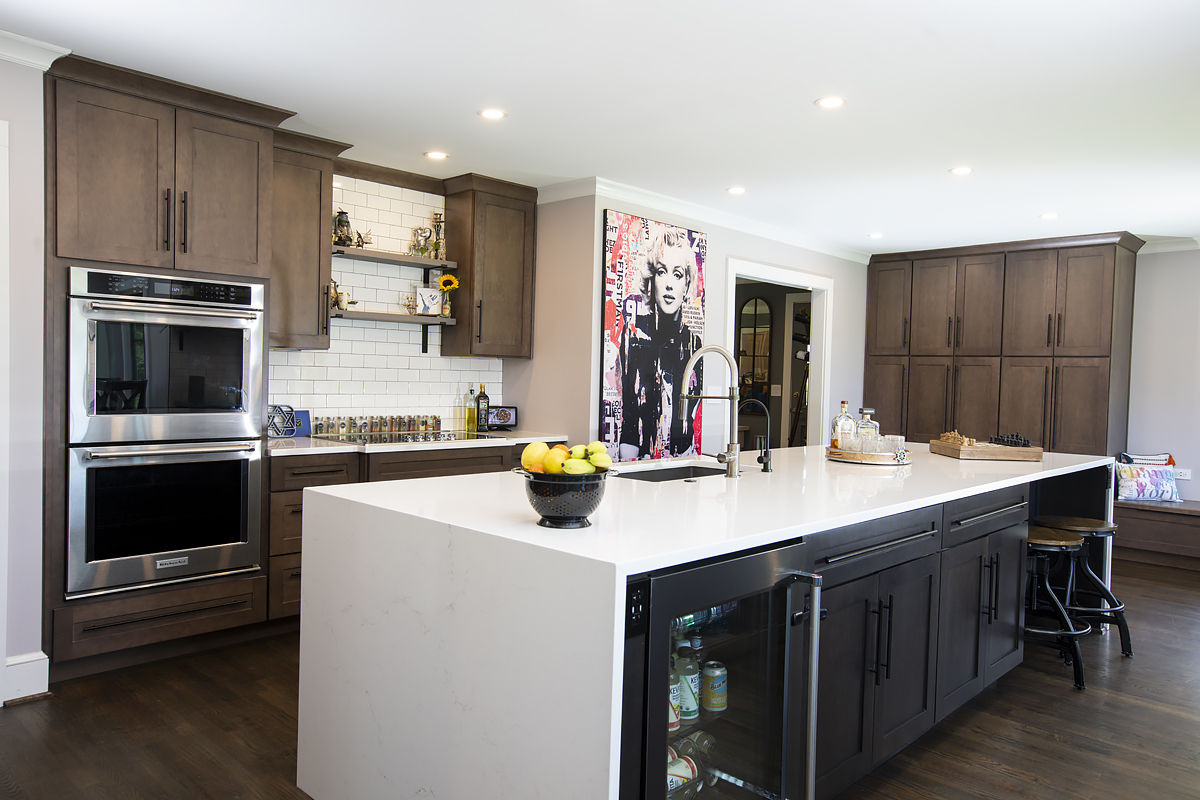

+ Show / Hide Comments
Share to: